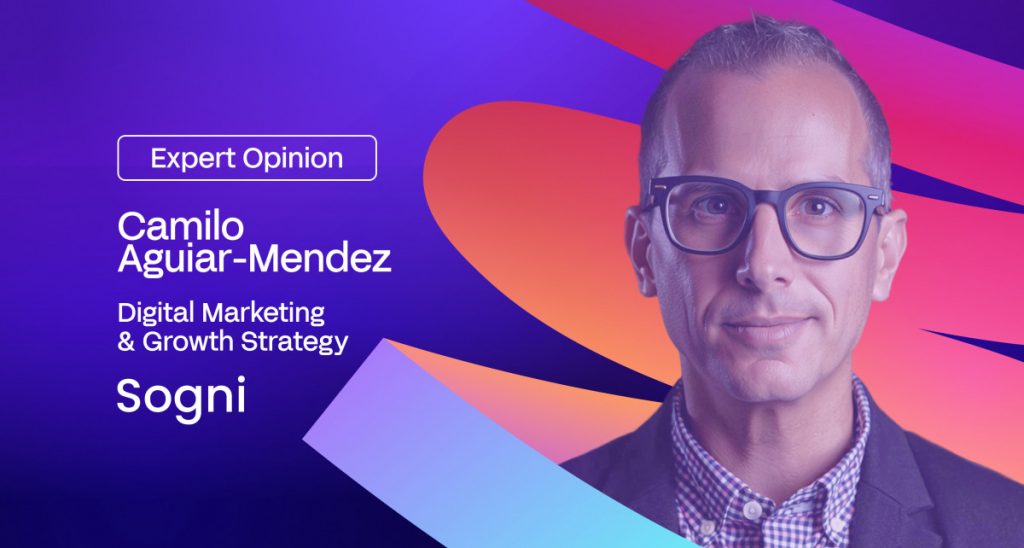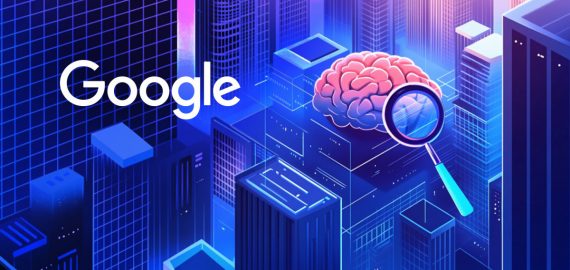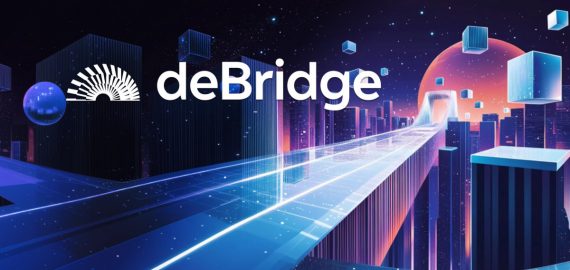Can Open Source Compete with Corporate AI?


In Brief
Open source AI development challenges tech giants with a horizontal, transparent, and community-based model, treating it as a living process, not a monopoly. This shift challenges the traditional narrative of AI development as a monopoly.

For years, the dominant narrative has been that AI development is a race reserved for tech giants—companies with supercomputers, endless resources, and thousands of engineers working behind closed doors. In contrast, open source once seemed like a noble side effort, admirable but limited. Today, that narrative no longer holds.
According to Camilo Aguiar-Mendez, open source isn’t just advancing, it’s multiplying. It doesn’t try to compete with corporations by mimicking them; it challenges them with a completely different model: horizontal, transparent, and built by the people, for the people.
While corporate AI centralizes, centralized data, decisions, and profits, open source expands. Its logic is that of a network, not a monopoly. Anyone can use, modify, contribute to, and improve. What one company sees as property, the community treats as a living process.
This difference isn’t just technical, it’s philosophical. It’s a question of who has the power to imagine, and who gets to decide how we use the technology that shapes our future.
The Roots of Open Source
The free software and open source movement began in the 1980s with projects like GNU and the Free Software Foundation, led by Richard Stallman, which aimed to guarantee users the freedom to run, study, modify, and share software. But it was in the 1990s that the term “open source” gained traction, most notably with the creation of the Linux operating system, a global-scale experiment in distributed collaboration that proved both chaotic and incredibly resilient.
Another key turning point came in 1998 when Netscape released the source code of its browser. At the time, this move directly challenged Microsoft’s dominance, and it laid the groundwork for what would later become Mozilla Firefox, one of the first mass-used tools built and maintained by a community.
That gesture opened a door. It showed that giants could share too, and that doing so wasn’t a weakness, but a powerful way to evolve with the community.
How It Applies to AI
For a long time, models for language, image, or voice were locked behind closed infrastructures, only accessible to those with the computing power and proprietary data. But in recent years, communities and foundations have cracked that box wide open. Hugging Face, Stability AI, EleutherAI, LAION, and many others have released trained models, open datasets, and accessible tools so anyone can experiment.
Open models like Stable Diffusion for image generation or Mistral for language represent a new wave of AI that isn’t locked behind an API or a paywall, but downloadable, executable, and modifiable by anyone. And that’s not just practical. It’s also punk.
A Real Alternative to Centralized Power
When an AI system is centralized, so are its decisions. What content is allowed, how moderation works, and what gets prioritized? When tech is closed, it becomes opaque. We don’t know what it’s doing, or why it does it.
Open source cracks that black box wide open. It gives us the right to see, to understand, to choose. It lets us audit bias, retrain with our context, and build tools that respond to our realities—not some distant global standard.
In the creative space, this becomes even more evident. Open models have enabled thousands of artists to experiment, explore, and build their tools—without relying on licenses, closed APIs, or decisions made behind boardroom doors. Instead of imposing a style, open source unlocks new languages. Instead of offering closed products, it proposes open processes.
Platforms like Sogni AI, which operate on open models like Stable Diffusion, show that it’s not only possible to scale these technologies, but also to serve thousands of creators through decentralized infrastructure. In these environments, code isn’t hidden behind an API, it becomes a community tool, auditable and adaptable to the needs of each artist.
Horizontal, by Design
Is it more chaotic? Sure. Less polished at times? Maybe. But it belongs to everyone. Open source moves forward because people push it forward. No marketing departments or investors are dictating the roadmap. People are creating, debugging, documenting, training, and sharing. And in that act, there’s a powerful declaration: we don’t just want to use tools—we want to understand them, build them, and share them.
The result isn’t just a technical alternative. It’s a fundamentally different vision of the future—one not handed down from above, but built from the ground up, together. And while it may lean into the philosophical, it has very real-world consequences: fairer access, decentralized innovation, resistance to censorship, and empowerment of local communities.
Who Wins?
So, can open source compete with corporate AI? The short answer is yes. But not on their terms. This isn’t a race for bigger budgets, bloated metrics, or IPO headlines. It’s about creating real value, building infrastructure that anyone can access, and shaping a future where everyone has a seat at the table.
Open source doesn’t need to be louder to be heard. It doesn’t need to be bigger to matter. It just needs to be fairer, freer, more alive. And in this new game, the rules are written collectively.
Disclaimer
In line with the Trust Project guidelines, please note that the information provided on this page is not intended to be and should not be interpreted as legal, tax, investment, financial, or any other form of advice. It is important to only invest what you can afford to lose and to seek independent financial advice if you have any doubts. For further information, we suggest referring to the terms and conditions as well as the help and support pages provided by the issuer or advertiser. MetaversePost is committed to accurate, unbiased reporting, but market conditions are subject to change without notice.
About The Author
Consultant in digital marketing, communications, and business development at Sogni AI. Former head of digital strategy at Diario Las Américas and RCTV. Passionate about crafting impactful narratives at the crossroads of technology, media, and live experiences.
More articles

Consultant in digital marketing, communications, and business development at Sogni AI. Former head of digital strategy at Diario Las Américas and RCTV. Passionate about crafting impactful narratives at the crossroads of technology, media, and live experiences.

















































